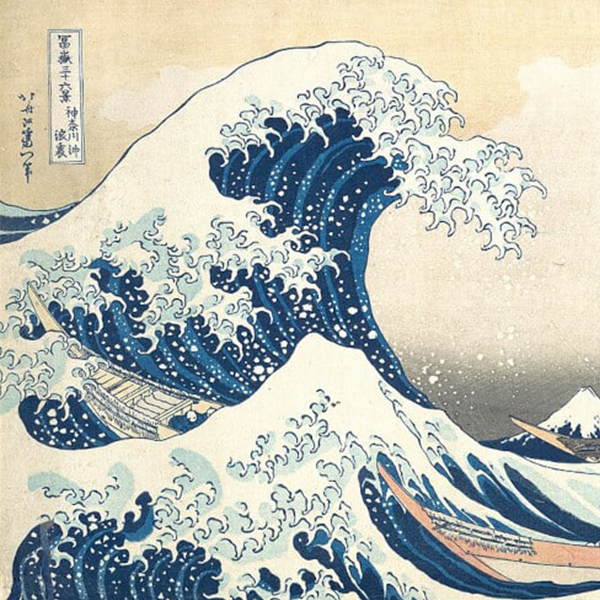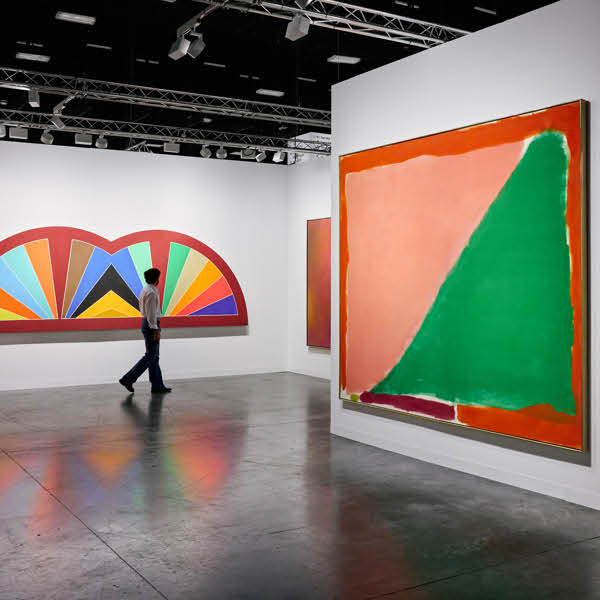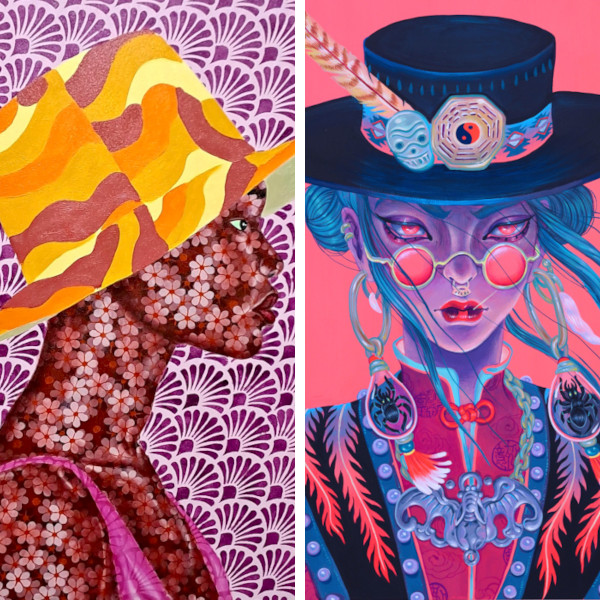View this post on Instagram
When you think of Japanese paper crafts, origami is likely the first art form to come to mind. If you're familiar with this age-old practice, you know that a work of origami art is created by manipulating a single sheet of paper with nothing but a series of strategic folds. While this is the most well-known approach to the ancient art form, there are also adaptations. Kirigami, a variation of origami, offers a bit more creative freedom by allowing artists to cut, clip, and snip their paper creations.
Today, kirigami is kept alive by contemporary crafters. Before skimming through some these modern-day models (and even learning how to create your own), it's important to contextualize the craft and learn about its history.
What is Kirigami?
The term kirigami is derived from two Japanese words: kiru (to cut) and kami (paper).
Like traditional origami, kirigami is created from a single sheet of paper and incorporates folds. Sometimes, these folds are incorporated into the finished product, culminating in a three-dimensional piece.
View this post on Instagram
Often, however, these folds are temporary; once the contorted paper has been cut, it is unfolded. Then, new folds are made, and the process is repeated until the work is complete, resulting in a flat work of art.
View this post on Instagram
The History of Kirigami
Like origami, kirigami has roots in China, where paper was invented around 105 CE. In the 6th century, the Chinese began using colored paper to create decorative cut-outs—a practice known as jiǎnzhǐ. Initially, these paper creations were intended to honor gods and ancestors. However, in the 14th century, jiǎnzhǐ evolved into an activity practiced by women and children for leisure.
View this post on Instagram
Undoubtedly inspired by jiǎnzhǐ, the Japanese began cutting paper into decorative works of art in the 7th century. Like the Chinese, they used a special kind of paper derived from mulberry plant fibers that had been “soaked in clear river water, thickened, and then filtered through a bamboo screen” by hand.
View this post on Instagram
In Japan, this paper would come to be known as washi—a medium that remains intrinsic to both the origami and kirigami practices today.
Contemporary Kirigami Artists
Today, many artists continue to keep the kirigami craft alive. Whether adapting the approach to fit their own paper-cutting interests or staying true to the Japanese art form, these contemporary crafters capture the timelessness of the practice.
Pippa Dyrlaga
View this post on Instagram
Using nothing but a pencil and a scalpel, Yorkshire-based artist Pippa Dyrlaga turns plain pieces of paper into extraordinarily complex works of art. Her collection of cut-outs showcases her eclectic interests in subject matter, inspired mostly by her time spent “surrounded by the best of British wildlife” and spanning flora, fauna, and other nature-inspired motifs.
Masayo Fukuda
View this post on Instagram
Japanese artist Masayo Fukuda is a master of the paper medium. Having perfected her paper-cutting technique over a 25-year period, she is now widely known for her intricately detailed designs, which capture her skillful approach, steady hand, and unwavering patience.
Kanako Abe
View this post on Instagram
San Francisco-based artist Kanako Abe finds inspiration in “everyday moments and thoughts.” With an emphasis on the natural world, Abe is particularly renowned for her animal cut-outs—a series that frames cute woodland creatures within whimsical floral patterns and motifs.
Eugenia Zoloto
View this post on Instagram
Eugenia Zoloto‘s kirigami creations look like storybook illustrations come to life. Her collection of handmade cut-outs blur the line between fantasy and reality, with Russian folklore serving as one of her main muses. Still, the creative crafter finds inspiration in many things, including “embroidery, flowers, oil, simple shapes, expressions, and magic.”
Cristian Marianciuc
View this post on Instagram
Specializing in paper crane crafting, Cristian Marianciuc puts a fanciful spin on kirigami. Unlike traditional Japanese paper-cutting, his works of art comprise more than one sheet of paper. With his imaginative approach to the art form, however, Marianciuc proves that the ancient art form is forever evolving—and that it truly is an ageless craft.






















































































